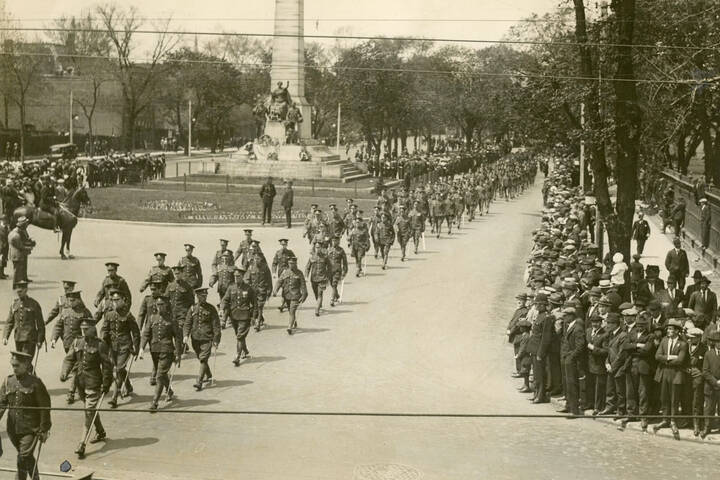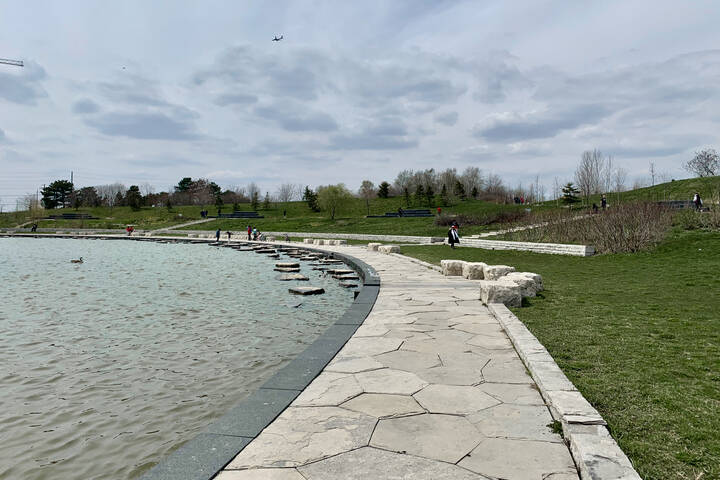
Some Canadians are getting climate action incentive payments this week
The government is sending out a second batch of Climate Action Incentive Payments (CAIP) to Canadians this week, and you might want to keep an eye on your bank account.
The payments will begin being issued on October 13. They're usually sent out on the 15th of a payment month, but the date has been moved since it's a Sunday.
The CAIP is a tax-free amount paid to help individuals and families offset the cost of federal pollution pricing and is available to residents of Alberta, Saskatchewan, Nova Scotia, Manitoba, Newfoundland and Labrador, PEI, and Ontario.
It consists of a basic amount and a supplement for residents of small and rural communities and is paid quarterly.
The climate action incentive was paid as a refundable credit claimed annually on personal income tax returns. However, starting in July 2022, the government changed it to quarterly tax-free payments made through the benefits system.
Residents of New Brunswick will receive a double payment in October 2023, as they did not get theirs in July.
A fourth-quarter payment is also scheduled for eligible Canadians in January 2024.
How much will you receive?
On its website, the federal government has outlined projected payments to eligible Canadians as follows:
Alberta:
- $193 — Individual
- $96.50 — Spouse or common-law partner
- $48.25 — Per child under 19
Manitoba:
- $132 — Individual
- $66 —Spouse or common-law partner
- $33 — Per child under 19
Ontario:
- $122 – Individual
- $61 – Spouse or common-law partner
- $30.50 – Per child under 19
Saskatchewan
- $170 — Individual
- $85 — Spouse or common-law partner
- $42.50 — Per child under 19
Newfoundland
- $164 – Individual
- $82 — Spouse or common-law partner
- $41 — Per child under 19
Nova Scotia
- $124 — Individual
- $62 — Spouse or common-law partner
- $31 — Per child under 19
PEI
- $120 — Individual
- $60 — Spouse or common-law partner
- $30 — Per child under 19
New Brunswick (double payment for October)
- $184 — First adult
- $92 — Second adult
- $46 — First child
- $46 — Second child
Are you eligible?
To be eligible for the upcoming CAIP payment, you must:
- Be a resident of Canada for income tax purposes at the beginning of October 2023
- Be a resident of one of the CAIP provinces as of October 1
- Be at least 19 years old
If you're younger than 19, you must meet the following conditions:
- Have (or previously had) a spouse or common-law partner
- Are (or once were) a parent and live (or once lived) with your child
Eligible kids
According to the feds, your child or children are also eligible if, at the beginning of October:
- They are under 19 years of age
- They live with you
- They registered for the Canada Child Benefit
- You are the child's primary guardian, responsible for their care and upbringing.
"If you are eligible for the Canada child benefit, a credit for each eligible child will be included in the calculation of the CAIP," reads the government's guide on CAIP.
If you share custody of your child/children with a former spouse and are entitled to climate action incentive payments, you'll get half the amount you would receive if the child lived with you full-time.
New to Canada?
New residents of Canada can apply for CAIP, too, but will need to fill out some forms and mail them out to your nearest tax centre.
If you have kids, fill out the following:
- Form RC66 Canada Child Benefits Application
- Form RC66SCH, Status in Canada and Income Information for the Canada Child Benefits Application
If you don't have kids, fill out the following:
Latest Videos
Latest Videos
Join the conversation Load comments







